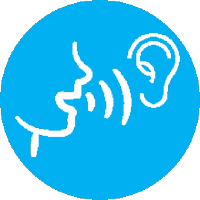(S4) Determining Credibility and Evaluating Sources
 Strand Clusters for Strand Clusters for
(IA) Inquiry and Research
Learners will pose and revise complex questions, identify and connect pertinent information, plan and prepare an inquiry process, and arrive at a plausible conclusion or solution.
-
Standard IR.1: (S1) Select a Research Topic and Develop Research Question(s) begins in 3rd grade
-
Standard IR.2: (S2) Locate and Select Information begins in 2nd grade
-
Standard IR.3: (S3) Organize Research Results begins in 2nd grade
-
Standard IR.4: (S4) Determining Credibility and Evaluating Sources begins in 3rd grade
-
Standard IR.5: (S5) Citing Sources begins in 4th grade
|
|
(S5) Citing Sources
 Strand Clusters for Strand Clusters for
(IA) Inquiry and Research
Learners will pose and revise complex questions, identify and connect pertinent information, plan and prepare an inquiry process, and arrive at a plausible conclusion or solution.
-
Standard IR.1: (S1) Select a Research Topic and Develop Research Question(s) begins in 3rd grade
-
Standard IR.2: (S2) Locate and Select Information begins in 2nd grade
-
Standard IR.3: (S3) Organize Research Results begins in 2nd grade
-
Standard IR.4: (S4) Determining Credibility and Evaluating Sources begins in 3rd grade
-
Standard IR.5: (S5) Citing Sources begins in 4th grade
|
|
(L) Conventions of Standard English
 Strand Cluster Anchor Statement Strand Cluster Anchor Statement
Language 
Conventions of Standard English
Demonstrate command of the conventions of standard English grammar and usage when writing or speaking.
Demonstrate command of the conventions of standard English capitalization, punctuation, and spelling when writing.
The anchor statements define what students should understand and be able to do by the end of each grade. They correspond to the College and Career Readiness (CCR) anchor statements. The CCR and grade-specific standards are necessary complements—the former
providing broad standards, the latter providing additional specificity—that together define the skills and understandings that all students must demonstrate. |
|
(L) Knowledge of Language
 Strand Cluster Anchor Statement Strand Cluster Anchor Statement
Language 
Knowledge of Language
Apply knowledge of language to understand how language functions in different contexts, to make effective choices for meaning or style, and to comprehend more fully when reading or listening.
The anchor statements define what students should understand and be able to do by the end of each grade. They correspond to the College and Career Readiness (CCR) anchor statements. The CCR and grade-specific standards are necessary complements—the former
providing broad standards, the latter providing additional specificity—that together define the skills and understandings that all students must demonstrate. |
|
(L) Vocabulary Acquisition and Use
 Strand Cluster Anchor Statement Strand Cluster Anchor Statement
Language 
Vocabulary Acquisition and Use
Determine or clarify the meaning of unknown and multiple-meaning words and phrases by using context clues, analyzing meaningful word parts, and consulting general and specialized reference materials, as appropriate.
Demonstrate understanding of word relationships and nuances in word meanings.
Acquire and use accurately a range of general academic and domain-specific words and phrases sufficient for reading, writing, speaking, and listening at the college and career readiness level; demonstrate independence in gathering vocabulary knowledge
when encountering an unknown term important to comprehension or expression.
The anchor statements define what students should understand and be able to do by the end of each grade. They correspond to the College and Career Readiness (CCR) anchor statements. The CCR and grade-specific standards are necessary complements—the former
providing broad standards, the latter providing additional specificity—that together define the skills and understandings that all students must demonstrate. |
|
(C) Comprehension
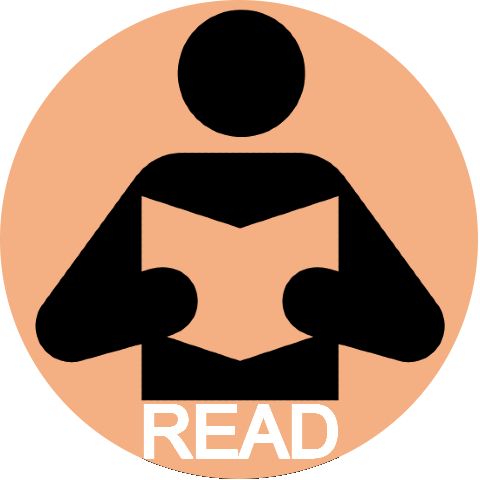 Strand Cluster for Strand Cluster for
(R) Reading
Cluster (C) Comprehension 
Learners will read to understand a variety of complex literary and informational texts.
-
Standard R.1: Listening Comprehension
-
Standard R.2: Text Comprehension/Inferences
-
Standard R.3a: Summarizing Nonfiction Text
-
Standard R.3b: Summarize Literary Text
-
Standard R.4: Main Idea/Claim/Theme
-
Standard R.5: Use Text to Determine Word Meaning
|
|
(TA) Text Analysis
 Strand Cluster for Strand Cluster for
(R) Reading
Cluster (TA) Text Analysis 
Learners will analyze, interpret, and evaluate complex literary and informational texts that include a wide variety of genres and formats.
-
Standard R.6: Text Features and Structure
-
Standard R.7: Literary Devices
-
Standard R.8: Analysis and Comparison of Literary Texts
-
Standard R.9: Synthesis and Analysis of Informational Text
|
|
(RF) Fluency
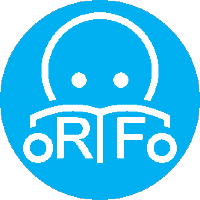 Strand Cluster Anchor Statement Strand Cluster Anchor Statement
Reading Foundations 
Fluency
Students must be able to read and comprehend text on-level accurately, at the appropriate rate, and with the correct expression. This is best accomplished by repeated readings of text passages of increasing complexity while reporting the reading rate
and accuracy.
The anchor statements define what students should understand and be able to do by the end of each grade. They correspond to the College and Career Readiness (CCR) anchor statements. The CCR and grade-specific standards are necessary complements—the former
providing broad standards, the latter providing additional specificity—that together define the skills and understandings that all students must demonstrate. |
|
(RF) Phonics and Word Recognition
 Strand Cluster Anchor Statement Strand Cluster Anchor Statement
Reading Foundations 
Phonics and Word Recognition
Students must match a unit of sound (a phoneme) to the letter or letters that make the sound. Separating the written word into its individual sounds and blending the individual sounds of letters to make words are the foundation of reading.
Students must be able to recognize and read a collection of high-frequency words — many of which cannot be decoded by sight — and be able to do so with increasing automaticity.
The anchor statements define what students should understand and be able to do by the end of each grade. They correspond to the College and Career Readiness (CCR) anchor statements. The CCR and grade-specific standards are necessary complements—the former
providing broad standards, the latter providing additional specificity—that together define the skills and understandings that all students must demonstrate. |
|
(RF) Phonological Awareness
 Strand Cluster Anchor Statement Strand Cluster Anchor Statement
Reading Foundations 
Phonological Awareness
This foundational skill is about recognizing the sounds of language. It begins with word awareness and the ability to recognize, for example, the number of words that make up a spoken sentence. Secondary mastery of these skills includes recognizing
rhyme and syllables. At the most detailed level, the phoneme level, students can discern the sounds that make up a word. They can segment the sounds within a word, blend sounds together to make a word, and substitute sounds to make new words.
The anchor statements define what students should understand and be able to do by the end of each grade. They correspond to the College and Career Readiness (CCR) anchor statements. The CCR and grade-specific standards are necessary complements—the former
providing broad standards, the latter providing additional specificity—that together define the skills and understandings that all students must demonstrate. |
|

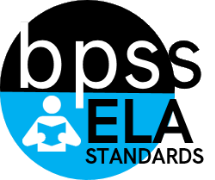
 (F)
(F)
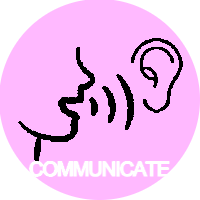 (C)
(C)
 (R)
(R)
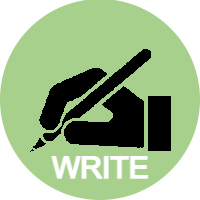 (Wr)
(Wr)
 (IR)
(IR)




